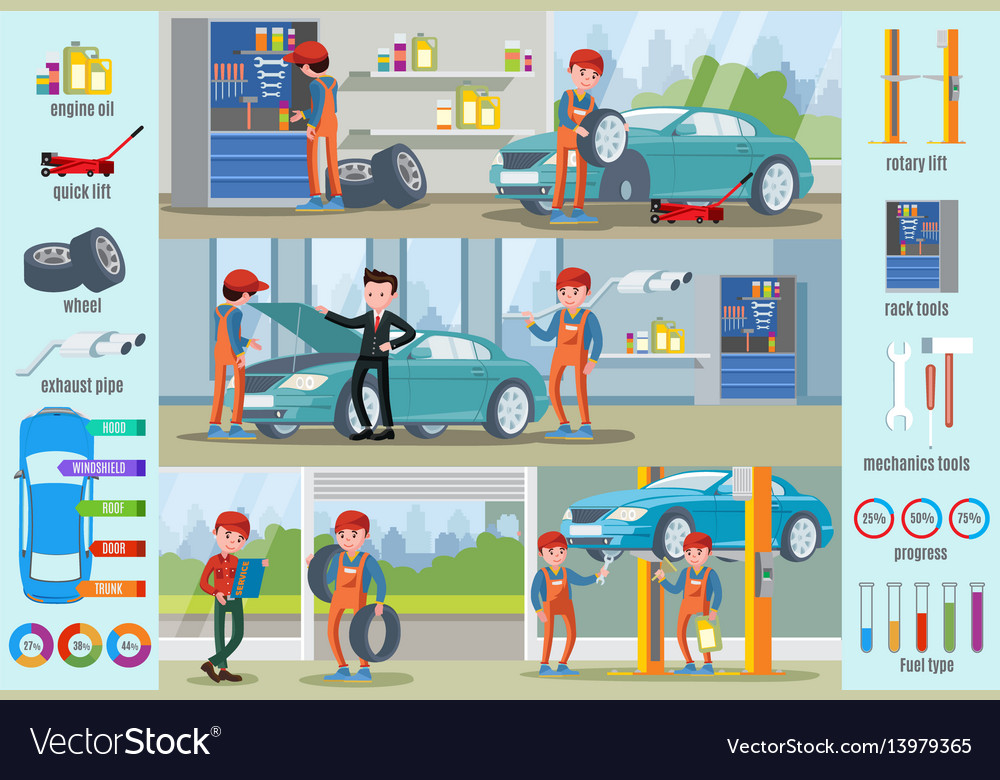Understanding Your Automobile'S Warning Lights: What Do They Really Mean?
Understanding Your Automobile'S Warning Lights: What Do They Really Mean?
Blog Article
Short Article Written By-Boye Alvarado
When you lag the wheel, those beautiful warning lights on your control panel can be a little bit puzzling. Do you recognize what they're trying to tell you about your car's health and wellness? Comprehending the relevance of these lights is essential for your safety and security and the long life of your automobile. So, the following time one of those lights pops up, would not you want to decipher its message accurately and take the necessary actions to address it?
Common Warning Lighting and Interpretations
Recognize typical caution lights in your car and recognize their meanings to ensure secure driving.
car seat cleaning of the most normal caution lights consist of the check engine light, which signifies problems with the engine or exhausts system. If this light begins, it's important to have your vehicle examined immediately.
The oil pressure alerting light indicates low oil pressure, calling for instant interest to avoid engine damage.
A flashing battery light might recommend a defective billing system, potentially leaving you stranded otherwise attended to.
https://brakes17394.ourcodeblog.com/30091008/quick-and-easy-auto-detailing-a-beginner-s-guide-to-finishing-in-under-an-hour monitoring system (TPMS) light informs you to reduced tire stress, affecting lorry stability and gas efficiency. Neglecting this can cause dangerous driving problems.
The abdominal muscle light shows a trouble with the anti-lock stopping system, compromising your ability to quit promptly in emergencies.
Last but not least, the coolant temperature warning light warns of engine overheating, which can lead to serious damage otherwise settled swiftly.
Comprehending these common warning lights will assist you attend to issues quickly and preserve secure driving conditions.
Significance of Prompt Attention
Comprehending the common caution lights in your cars and truck is only the initial step; the value of immediately attending to these warnings can not be stressed enough to guarantee your safety and security when traveling.
When a caution light brightens on your control panel, it's your cars and truck's means of connecting a prospective problem that requires focus. Overlooking these warnings can lead to much more serious troubles down the road, jeopardizing your security and possibly costing you more in repairs.
Trigger interest to advising lights can protect against failures and mishaps. For example, a flashing check engine light might indicate a misfire that, if left neglected, could create damage to the catalytic converter. Resolving this promptly can save you from a pricey fixing.
Likewise, a brake system alerting light might signify low brake liquid or used brake pads, crucial components for your safety and security when driving.
DIY Troubleshooting Tips
If you observe a warning light on your dashboard, there are a few do it yourself troubleshooting tips you can attempt prior to seeking professional help.
additional resources is to consult your car's manual to understand what the details caution light shows. Occasionally the issue can be as basic as a loose gas cap causing the check engine light. Tightening the gas cap might deal with the issue.
Another usual concern is a low battery, which can trigger various cautioning lights. Inspecting the battery connections for corrosion and ensuring they're safe and secure may fix the issue.
If a warning light lingers, you can try resetting it by disconnecting the cars and truck's battery for a couple of minutes and after that reconnecting it. Additionally, inspecting your lorry's fluid levels, such as oil, coolant, and brake liquid, can aid fix advising lights related to these systems.
Verdict
In conclusion, comprehending your auto's warning lights is necessary for maintaining your car running efficiently and securely. By quickly dealing with these alerts and recognizing what they suggest, you can stay clear of pricey repairs and prospective breakdowns.
Remember to consult your automobile's guidebook for specific information on each cautioning light and take action accordingly to make certain a hassle-free driving experience.
Keep informed, stay secure on the road!
